Rattlesnakes represent some of North America’s most iconic and misunderstood wildlife. These venomous reptiles inhabit diverse ecosystems throughout the United States, from desert regions to mountain meadows and coastal plains. While often feared, rattlesnakes play vital ecological roles as predators that help control rodent populations. Understanding how to identify different rattlesnake species and knowing proper safety protocols can dramatically reduce the risk of dangerous encounters. This comprehensive guide explores the various rattlesnake species found across the United States, their distinct characteristics, typical behaviors, and essential safety measures that outdoor enthusiasts should follow to safely coexist with these remarkable creatures.
Rattlesnake Distribution Across the United States
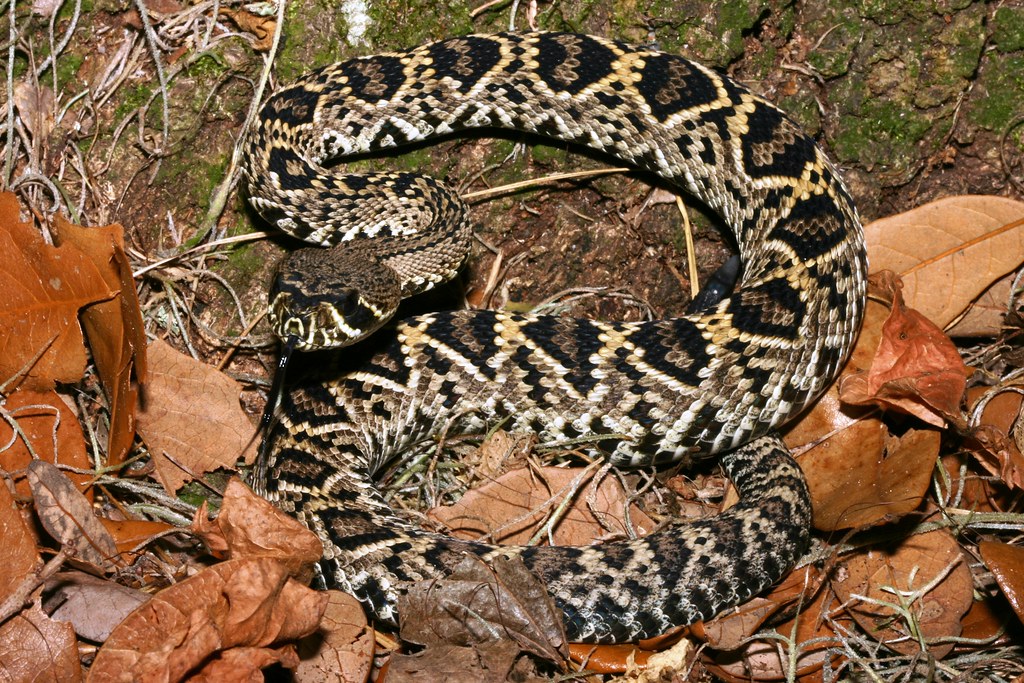
The United States is home to 36 recognized rattlesnake species and subspecies, making them one of the most diverse venomous snake groups in North America. While at least one rattlesnake species can be found in every state except Alaska, Hawaii, and Maine, they reach their greatest diversity in the southwestern states. Arizona and Texas host the highest number of different rattlesnake species, with 13 and 10 species respectively. The Eastern Diamondback and Timber Rattlesnake dominate the eastern and southeastern regions, while the Western Diamondback and Prairie Rattlesnake are prevalent throughout the central and western states. Northern states like Washington, Montana, and the Dakotas typically have fewer species, with the Prairie Rattlesnake being the most common in these colder climates.
The Rattlesnake’s Distinctive Warning System
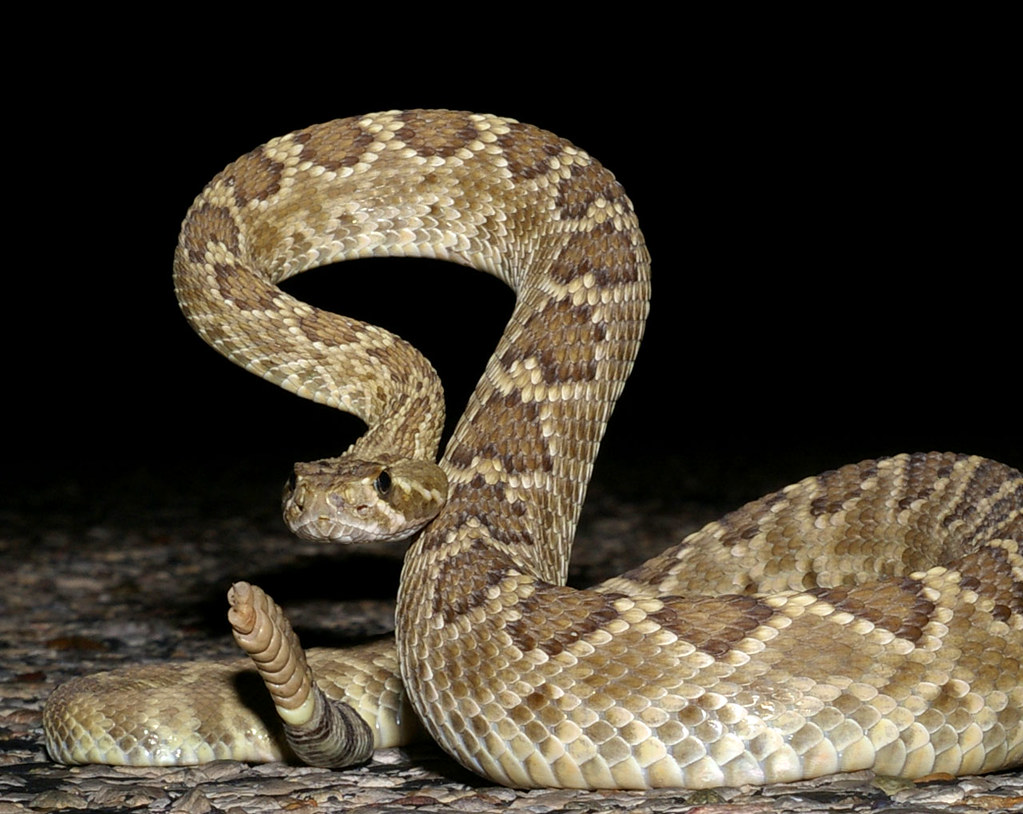
The rattlesnake’s most famous feature is its namesake rattle, a unique adaptation found at the tip of the tail consisting of interlocking segments of keratin. Each time a rattlesnake sheds its skin, which typically occurs several times yearly, a new segment is added to the rattle, though these segments can break off over time. When threatened, the snake vibrates its tail muscles at incredible speeds—up to 60 times per second—causing these segments to collide and produce the distinctive buzzing sound that serves as a warning to potential threats. This acoustic warning system evolved as a defensive mechanism rather than an aggressive one, allowing the snake to avoid confrontation when possible. Contrary to popular belief, you cannot determine a rattlesnake’s age by counting rattle segments, as segments break off regularly in the wild.
Key Physical Characteristics of Rattlesnakes
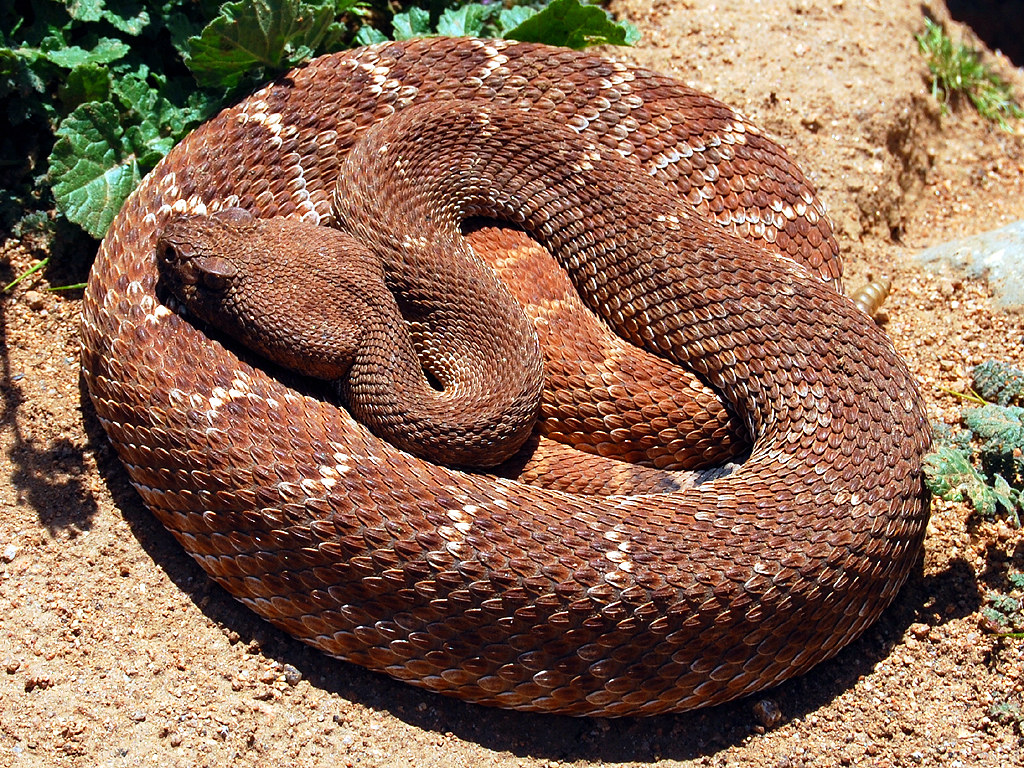
Rattlesnakes possess several distinctive physical features that help with identification beyond their famous rattles. All rattlesnakes have triangular-shaped heads that are noticeably wider than their necks, vertical pupils (like a cat’s eye) rather than round ones, and heat-sensing pits located between their eyes and nostrils that detect infrared radiation from warm-blooded prey. Their bodies typically display diamond, blotched, or banded patterns that provide excellent camouflage in their natural environments. Most rattlesnakes have thick, heavy bodies compared to non-venomous snakes, with adult lengths ranging from 1.5 to 8 feet depending on the species. The Eastern Diamondback holds the record as North America’s longest venomous snake, occasionally reaching lengths over 8 feet, though such specimens are increasingly rare.
Common Rattlesnake Species in the United States
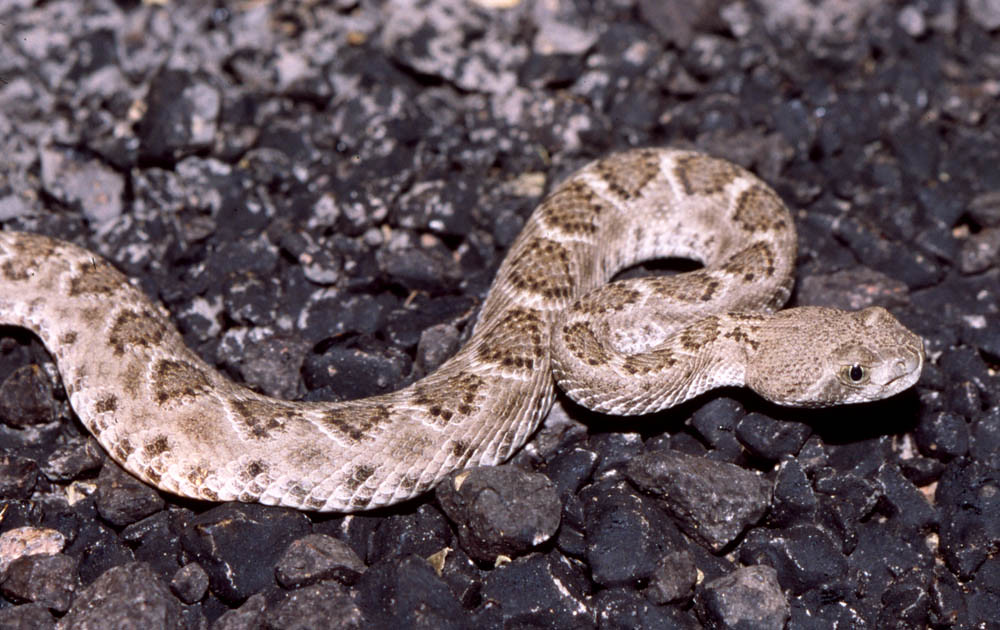
The Western Diamondback (Crotalus atrox) is perhaps America’s most recognizable rattlesnake, identified by its diamond-shaped blotches with light borders set against a brownish-gray background and distinctive black and white banded tail. The Eastern Diamondback (Crotalus adamanteus), the largest venomous snake in North America, features similar diamond patterns but with yellow borders against a darker brown or olive body. The Timber Rattlesnake (Crotalus horridus) displays dark crossbands on a yellowish, brown, or gray background, with some southern populations exhibiting a striking yellow or orange coloration.
The Prairie Rattlesnake (Crotalus viridis) shows oval blotches against a greenish-gray background, while the Mojave Rattlesnake (Crotalus scutulatus) resembles the Western Diamondback but with a distinctive light border around its head scales. The Sidewinder (Crotalus cerastes), famous for its unique sideways locomotion across loose desert sand, features distinctive horn-like scales above its eyes.
Rattlesnake Habitat Preferences
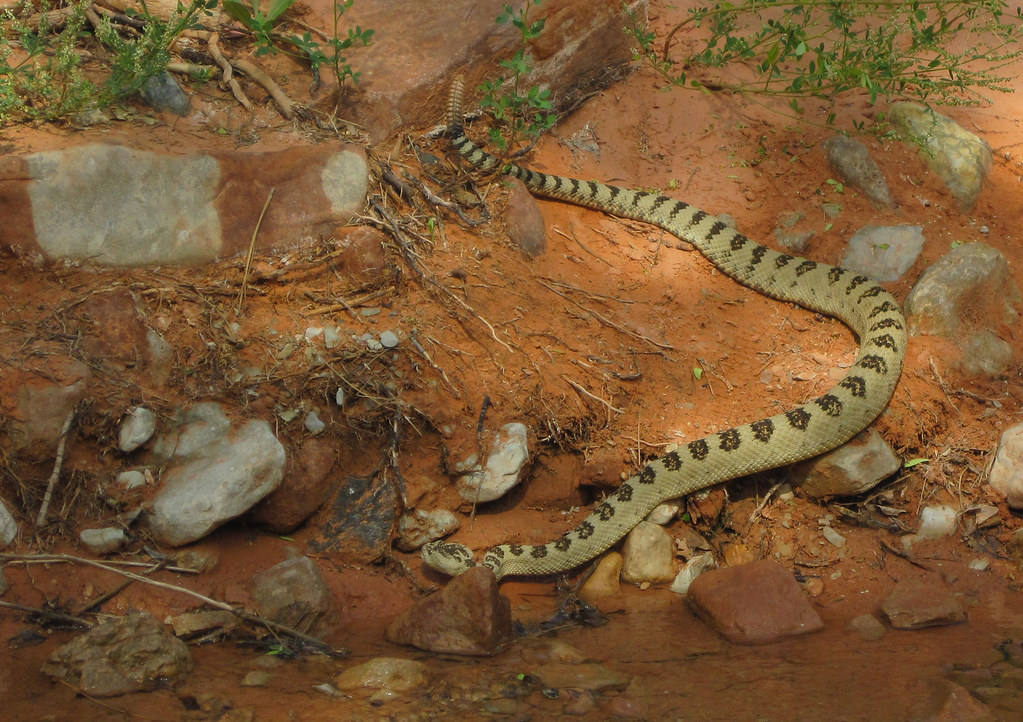
Rattlesnakes have adapted to survive in a remarkable variety of habitats across the United States, from arid deserts to lush forests and grasslands. These reptiles generally prefer rocky areas that provide both basking opportunities for thermoregulation and crevices for shelter and hibernation. During summer months, rattlesnakes in desert regions often become nocturnal to avoid extreme daytime heat, while those in more temperate regions may remain active during daylight hours. Many species show a preference for ecotones—transition zones between different habitat types—where diverse prey is abundant. During colder months, rattlesnakes in northern regions gather in communal hibernation sites called hibernacula, often in rock crevices or abandoned mammal burrows below the frost line. These hibernation dens may house dozens or even hundreds of snakes and are typically used year after year.
Seasonal Activity Patterns and Behavior
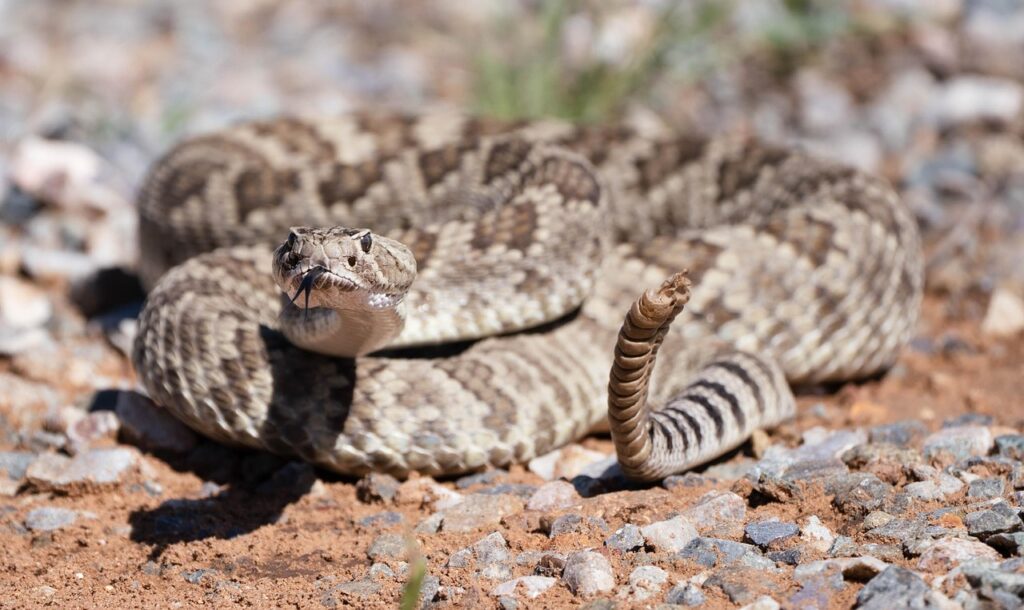
Rattlesnake activity follows predictable seasonal patterns that outdoor enthusiasts should understand to minimize encounter risks. In most regions, rattlesnakes emerge from hibernation in spring (March-April) as temperatures warm, with males becoming active first to prepare for breeding season. Peak activity often occurs during late spring and early summer when rattlesnakes actively hunt and seek mates.
During summer heat waves, especially in desert regions, rattlesnakes shift to crepuscular (dawn/dusk) or nocturnal activity patterns, sometimes becoming active after summer rainstorms when temperatures drop. Fall brings another activity spike as snakes feed heavily before winter hibernation and return to denning sites. Winter dormancy typically begins by November in northern regions, though rattlesnakes in southernmost states may remain somewhat active year-round during warm periods.
How Rattlesnakes Hunt and Feed
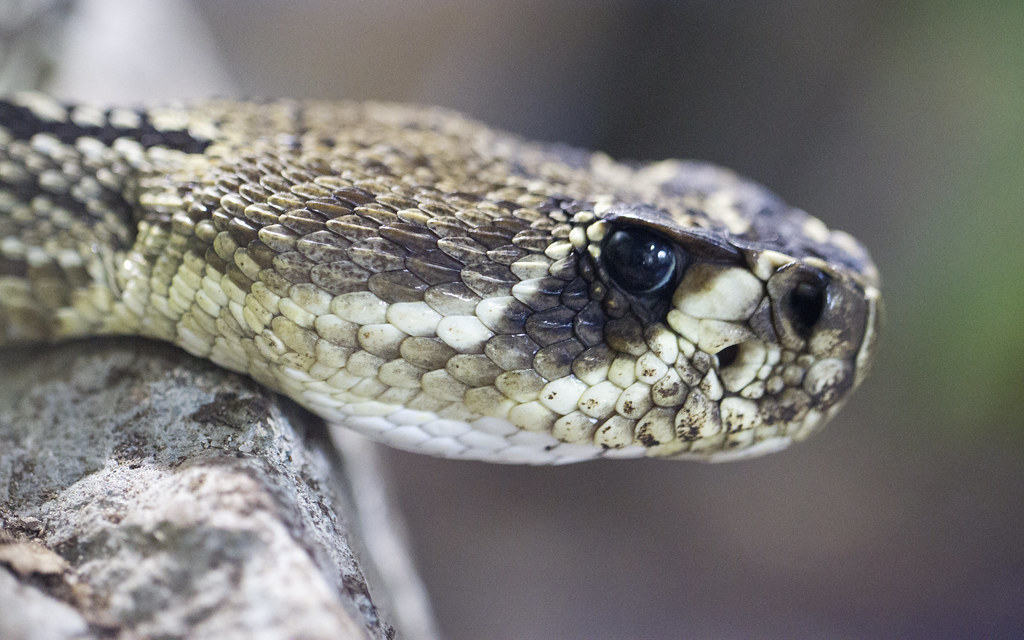
Rattlesnakes are ambush predators that rely on patience and precision rather than pursuit to capture prey. Using their remarkable heat-sensing pits, these snakes can detect temperature differences as small as 0.003°C, allowing them to locate warm-blooded prey even in complete darkness. When hunting, a rattlesnake typically positions itself along game trails or near rodent burrows, remaining motionless for hours until prey comes within striking range.
The strike itself is extraordinarily fast—covering the strike distance in less than 1/2 second—with the snake injecting venom through hollow, retractable fangs. Unlike popular misconceptions, rattlesnakes don’t chase prey but rather strike, release, and then track the envenomated animal using their acute sense of smell until it succumbs to the venom’s effects. Adult rattlesnakes typically feed on rodents, rabbits, and ground-nesting birds, while juveniles often target smaller prey like lizards and small rodents.
Understanding Defensive Behavior and Warning Signs
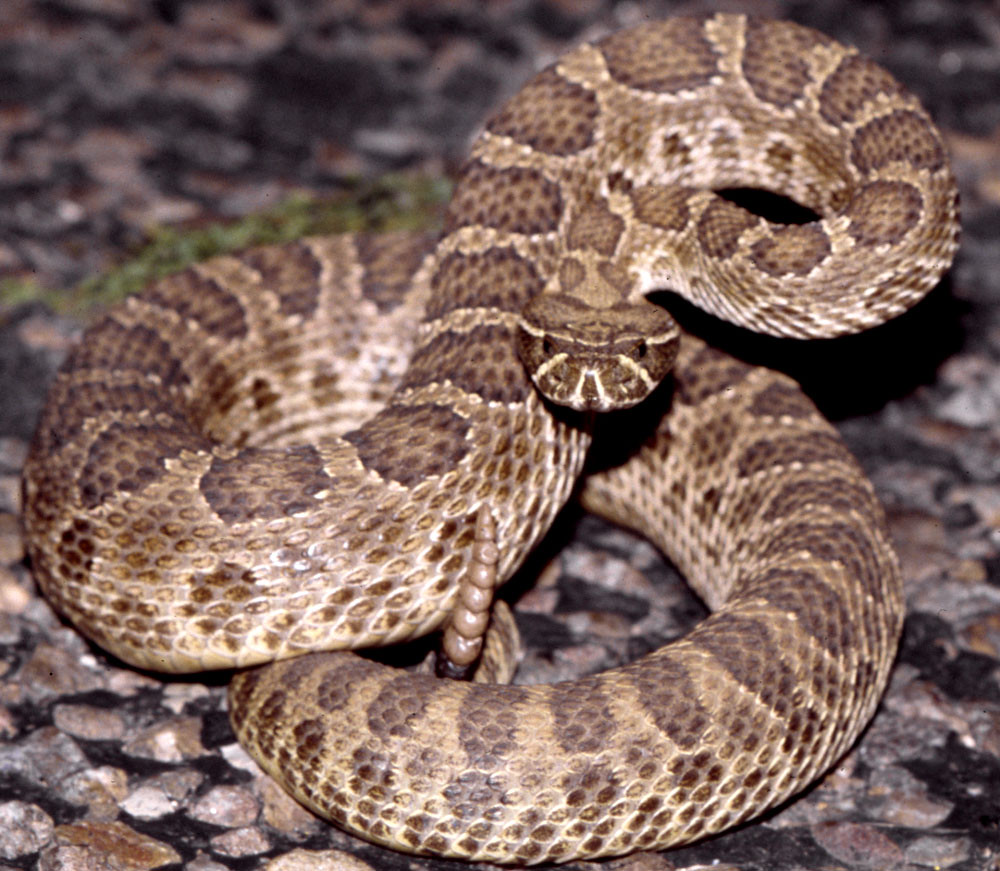
Contrary to their fearsome reputation, rattlesnakes are not aggressive animals and typically attempt to avoid confrontation through a series of escalating warning behaviors. The initial response to a perceived threat is usually freezing in place, relying on camouflage to avoid detection. If the threat persists, most rattlesnakes will attempt to retreat if an escape route exists. When cornered or startled at close range, a rattlesnake will often coil into a defensive posture, raising its head and front portion of its body while vibrating its tail to produce the warning rattle. This distinctive sound serves as a final warning before the snake resorts to striking, which is ultimately a last-resort defensive measure. Importantly, many rattlesnake bites occur when humans attempt to kill, capture, or harass the snake, underscoring that giving the animal space and respect is the best prevention strategy.
Rattlesnake Encounter Safety Protocols
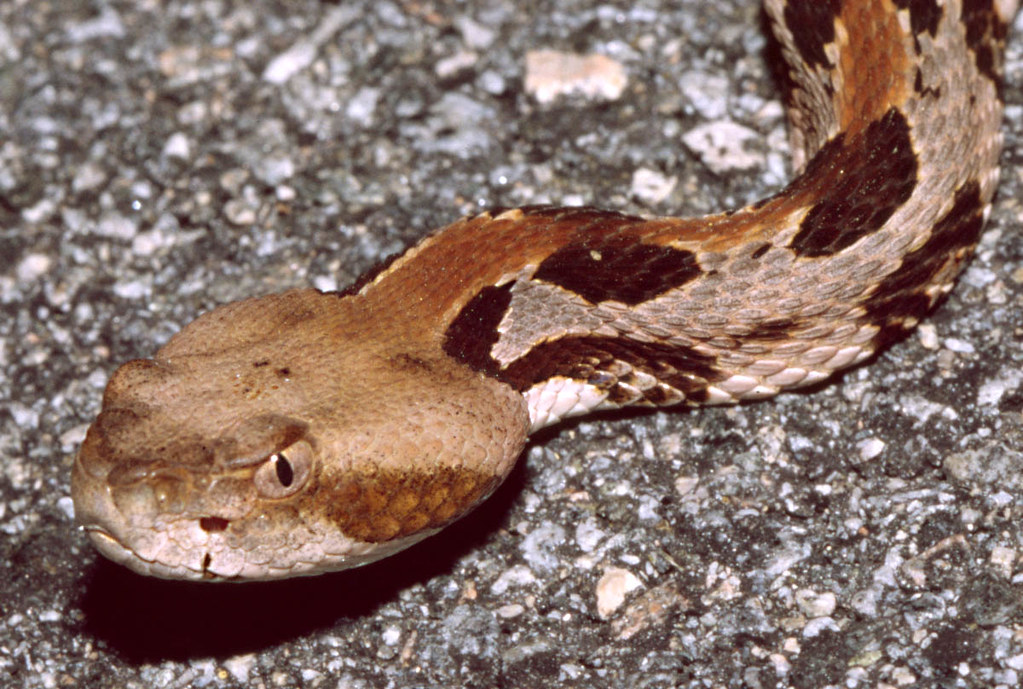
Should you encounter a rattlesnake on a trail or in the wild, the safest response is to stop immediately, assess the situation, and give the snake plenty of space. Maintain a minimum distance of at least 5 feet, as most rattlesnakes can strike up to half their body length. Never attempt to move, touch, or harass the snake, even with a stick or other object, as this increases bite risk significantly. If the snake is on a trail, either wait patiently for it to move along or, if necessary, carefully detour around it, keeping as much distance as possible.
When hiking in rattlesnake country, always stay on established trails, avoid stepping or reaching into areas you cannot see clearly, and use a hiking stick to probe areas ahead of you in dense vegetation. During camping trips, shake out sleeping bags and check shoes before putting them on, as rattlesnakes sometimes seek the residual warmth these items provide.
Protective Clothing and Gear

When venturing into known rattlesnake habitat, appropriate clothing and footwear provide crucial protection against potential bites. Thick leather or rubber boots that cover the ankles are highly recommended, as the majority of rattlesnake bites occur on the lower extremities. Loose-fitting long pants, preferably made of heavy material like denim or canvas, offer additional protection and can be tucked into boots for maximum coverage.
Some outdoor enthusiasts in high-risk areas opt for specialized snake gaiters or snake-proof boots designed with puncture-resistant materials that fangs cannot penetrate. When moving through particularly dense vegetation where visibility is limited, hiking poles can be used to part brush and alert snakes to your presence before you step forward. For those working regularly in high-risk environments, snake hooks and tongs are valuable tools that allow for safe manipulation of snakes from a distance when absolutely necessary.
First Aid for Rattlesnake Bites

In the event of a rattlesnake bite, proper first aid can significantly impact the outcome while awaiting medical treatment. The most critical step is to keep the victim calm and minimize physical activity, as increased heart rate can accelerate venom circulation throughout the body. Remove any jewelry or tight clothing near the bite site before swelling develops, and position the affected limb at or slightly below heart level.
Despite outdated advice, do NOT apply tourniquets, cut the wound, attempt to suck out venom, apply ice, or give the victim alcohol or pain medications. Instead, note the time of the bite and, if possible, take a photo of the snake from a safe distance to help with identification, but never attempt to kill or capture it. Call 911 immediately or transport the victim to the nearest medical facility, as antivenom treatment should be administered as quickly as possible, ideally within the first few hours after envenomation.
Myths and Misconceptions About Rattlesnakes
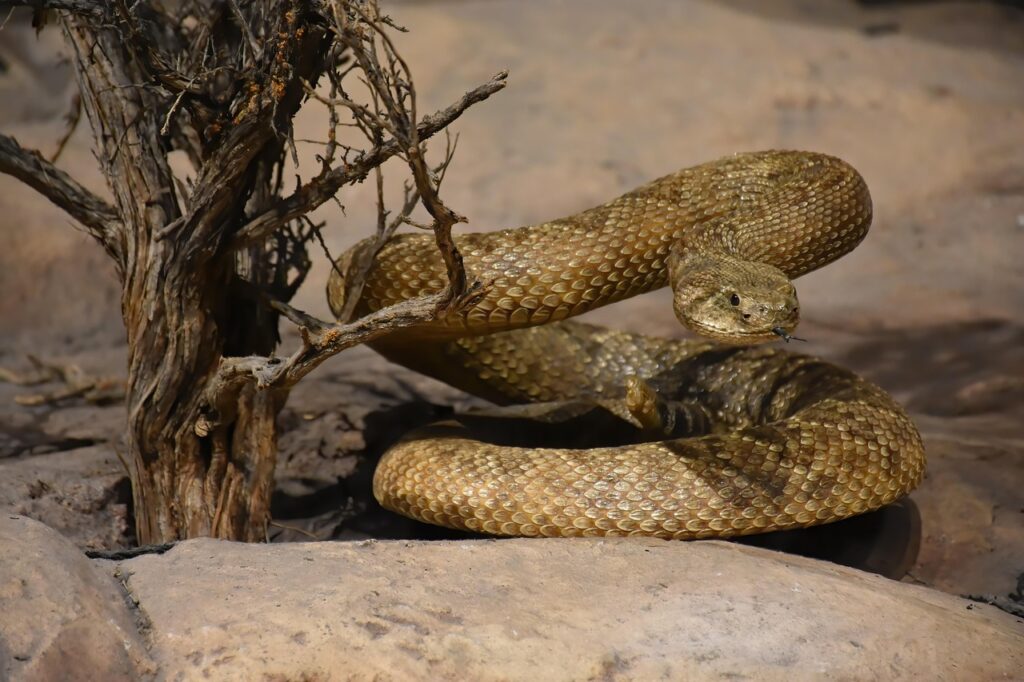
Numerous myths about rattlesnakes persist in popular culture, often leading to unnecessary fear and harmful conservation outcomes. Contrary to common belief, baby rattlesnakes are not more dangerous than adults; while they may deliver a full venom dose in a single bite, adult snakes possess significantly larger venom glands and typically deliver more venom per bite. Another prevalent myth suggests rattlesnakes always rattle before striking, but factors like previous harassment by humans or sudden startling can result in defensive strikes without warning.
The notion that rattlesnakes chase people is another misconception; while they may move in the general direction of a person who blocks their escape route, true pursuit behavior doesn’t occur. Perhaps most harmful is the belief that “the only good snake is a dead snake,” which ignores rattlesnakes’ ecological importance in controlling rodent populations that can spread disease and damage crops.
Conservation Status and Ecological Importance
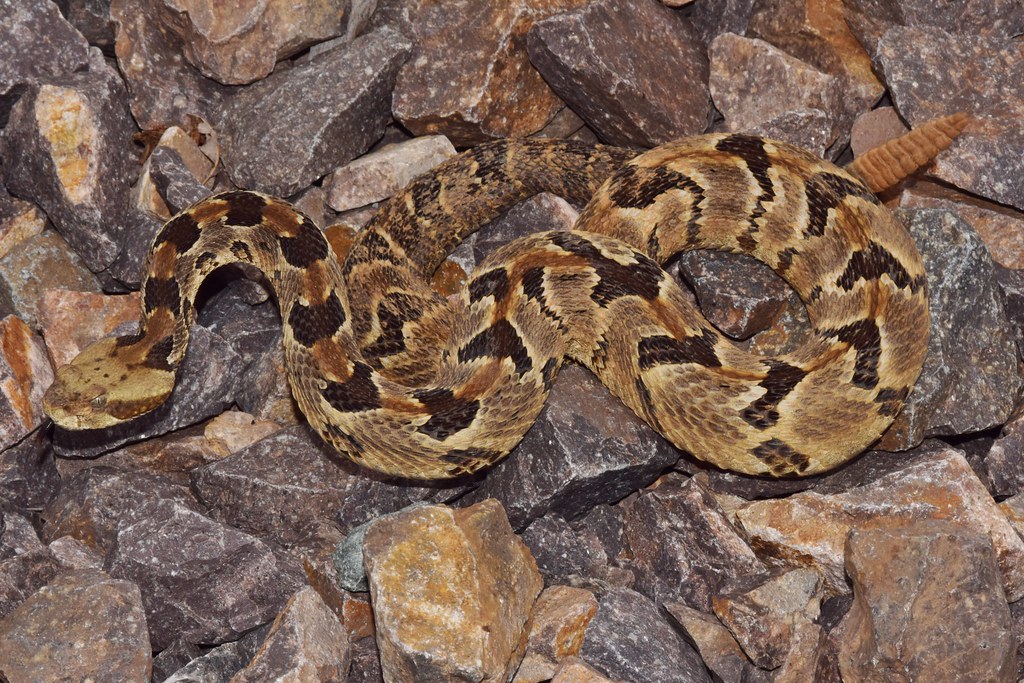
Despite their fearsome reputation, many rattlesnake populations face significant conservation challenges due to habitat loss, road mortality, and deliberate persecution. Several species, including the Eastern Diamondback Rattlesnake and Timber Rattlesnake, have experienced substantial population declines across portions of their historic range. These declines are concerning not only for biodiversity conservation but also for ecosystem health, as rattlesnakes serve as important mid-level predators that help regulate rodent populations. A single rattlesnake can consume dozens of disease-carrying rodents annually, providing natural pest control services that benefit human health and agriculture.
Additionally, rattlesnakes serve as prey for various predators, including hawks, eagles, kingsnakes, and coyotes, making them an integral component of healthy ecosystems. Conservation efforts increasingly focus on public education to reduce needless killing and on habitat protection measures, including specialized road crossings in high-mortality areas.
Living Alongside Rattlesnakes: Home and Property Management
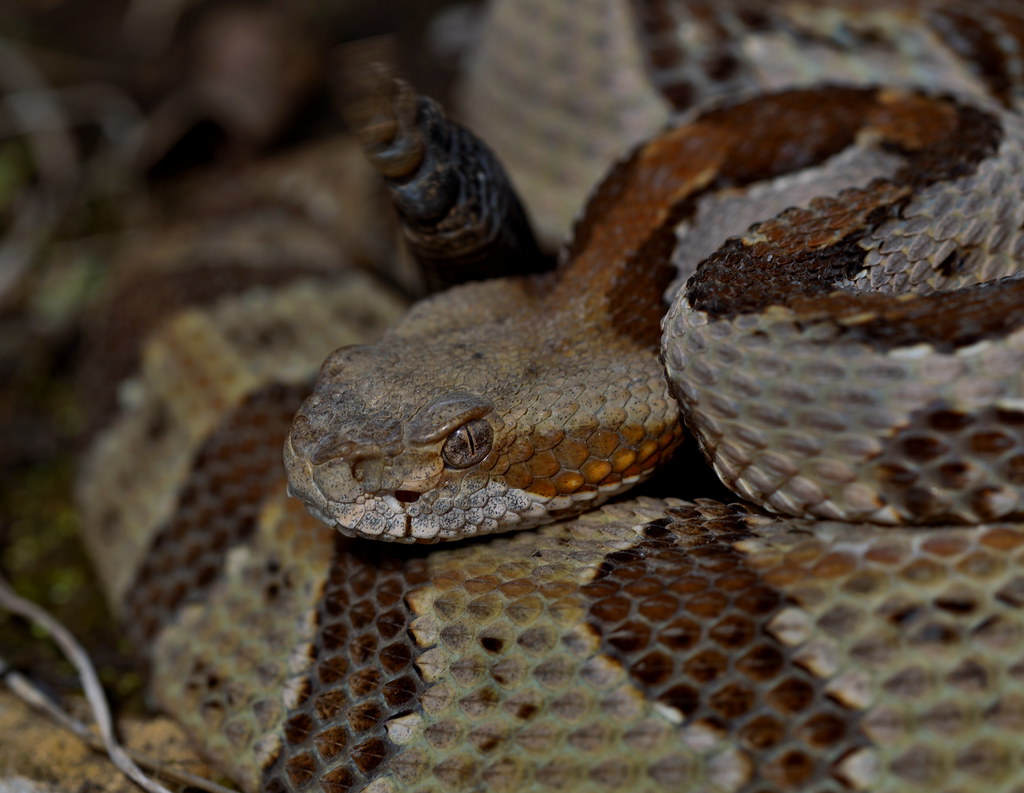
For those living in rattlesnake country, several practical measures can minimize the likelihood of unwanted encounters around homes and properties. Removing potential shelter sites like woodpiles, debris piles, and tall grass within 30 feet of structures significantly reduces habitat suitability for rattlesnakes. Sealing gaps under porches, outbuildings, and foundations with 1/4-inch hardware cloth prevents snakes from accessing potential den sites. Controlling rodent populations through proper garbage management and removing bird feeders that attract mice can reduce the prey base that might draw rattlesnakes to residential areas.
For properties bordering natural habitat, snake-proof fencing constructed of fine mesh buried at least six inches underground and angled outward can be effective, though installation and maintenance costs can be substantial. Professional snake removal services offer a safe alternative for relocating unwanted rattlesnakes without harming them, though in many states, rattlesnake relocation requires special permits.
Rattlesnakes represent a fascinating and essential component of North America’s natural heritage, deserving both our respect and caution. By understanding their behaviors, habitat preferences, and the appropriate safety protocols, outdoor enthusiasts can significantly reduce the already low risk of dangerous encounters. Rather than approaching these remarkable reptiles with fear, a perspective grounded in knowledge allows us to appreciate their ecological importance while taking sensible precautions. Whether hiking desert trails, camping in mountain forests, or simply maintaining a home in rattlesnake country, the principles remain the same: awareness, distance, and respect. With these guidelines in mind, humans and rattlesnakes can continue their long history of coexistence across America’s diverse landscapes.


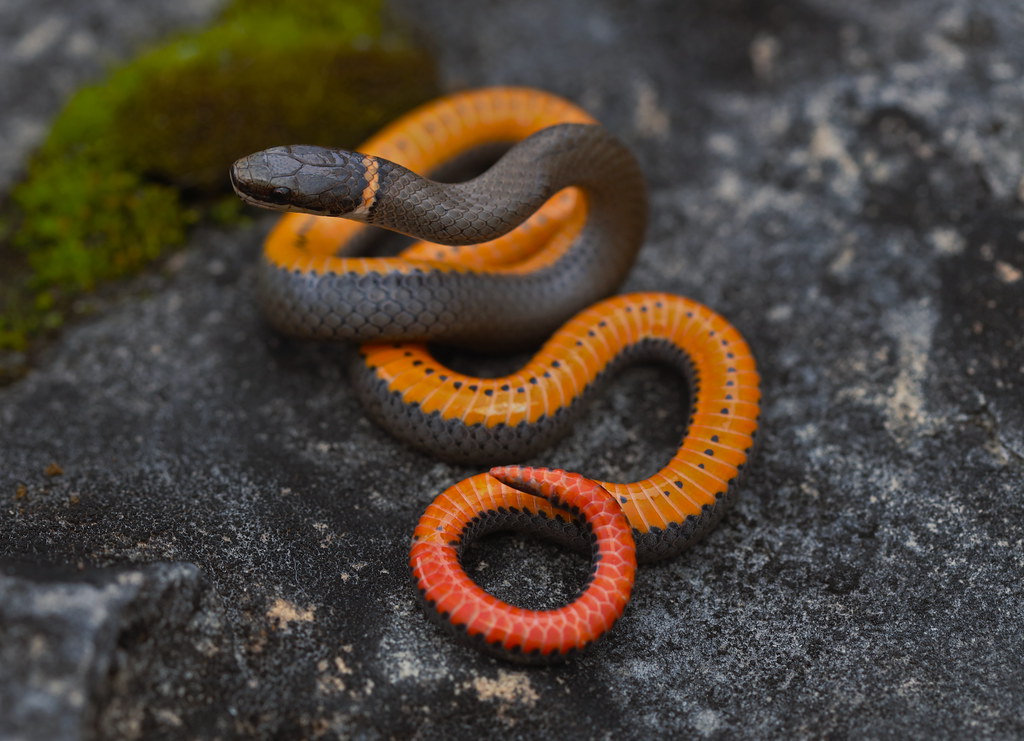
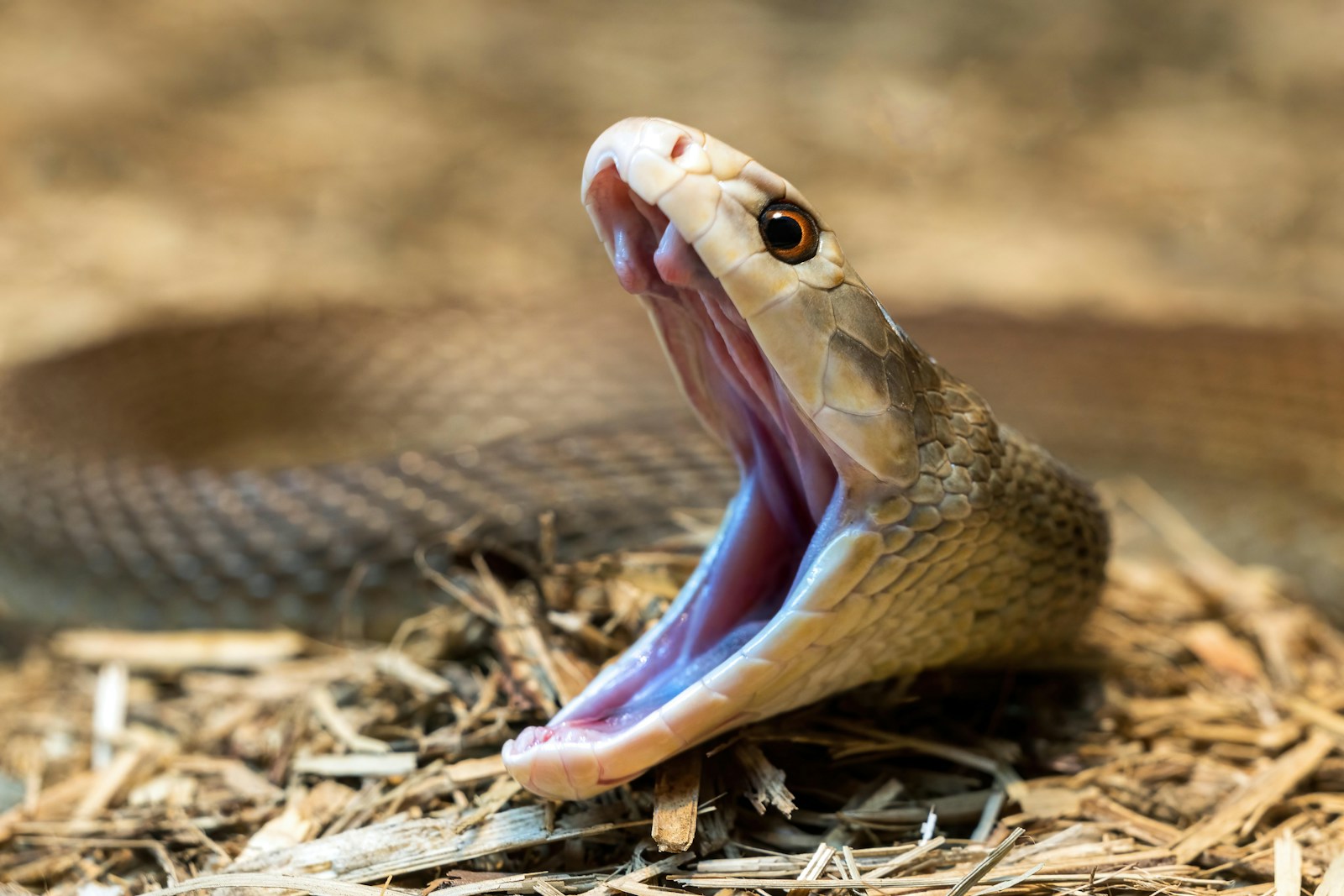
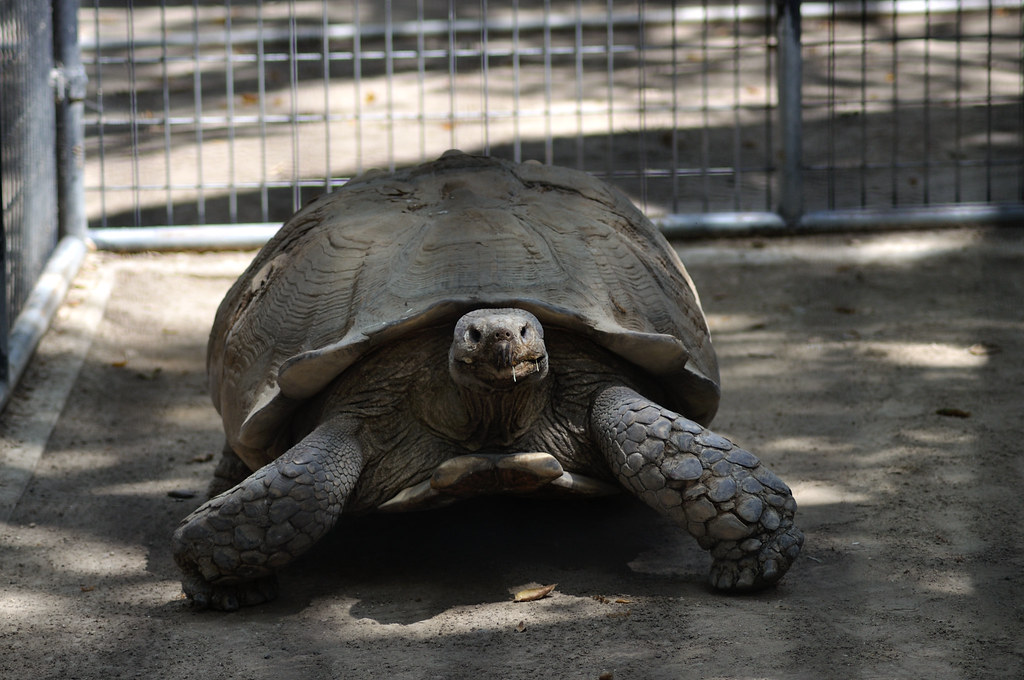
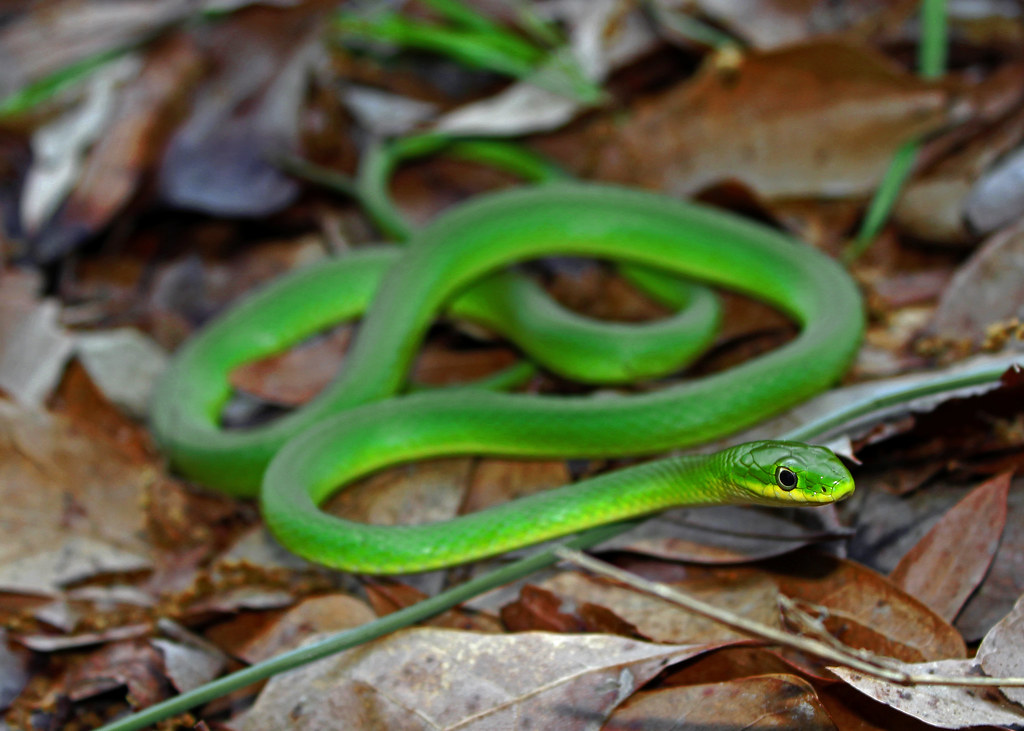
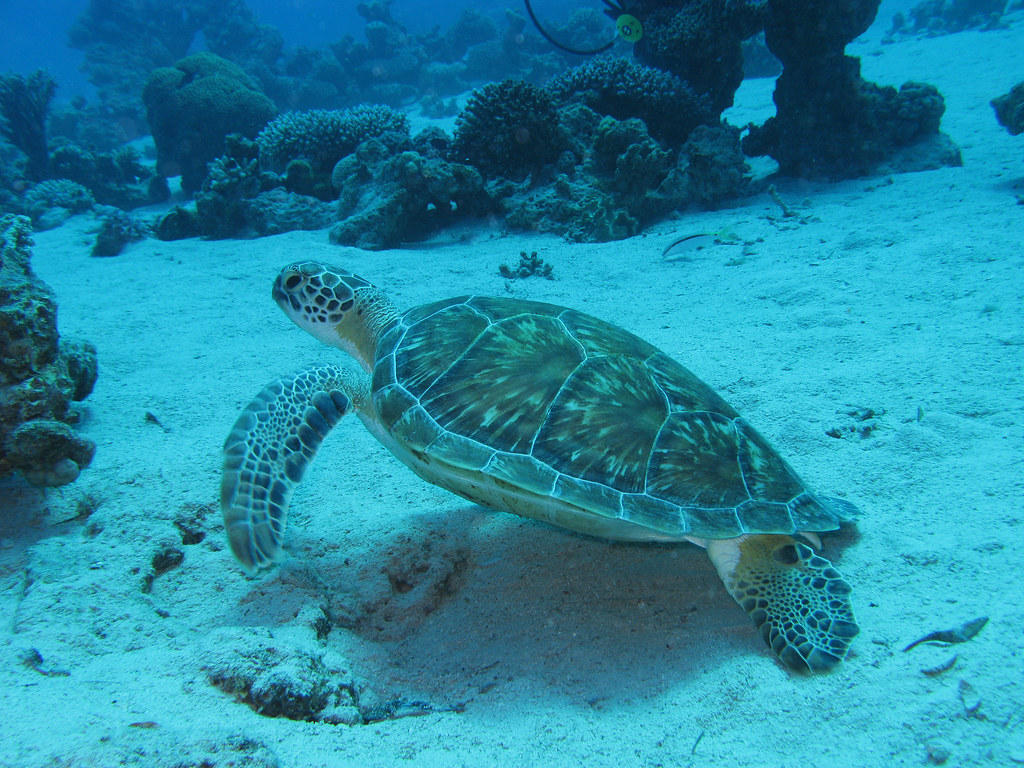

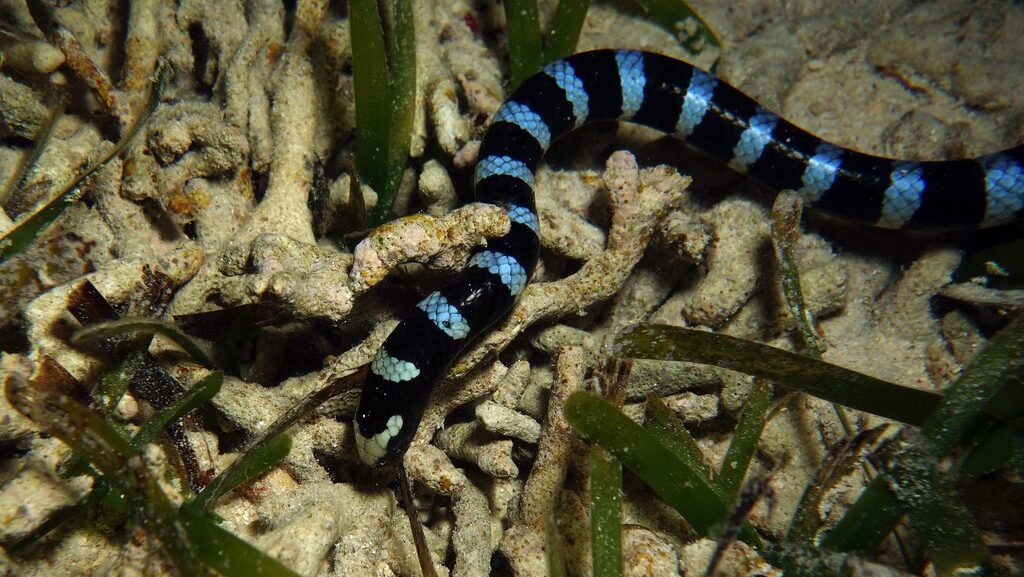
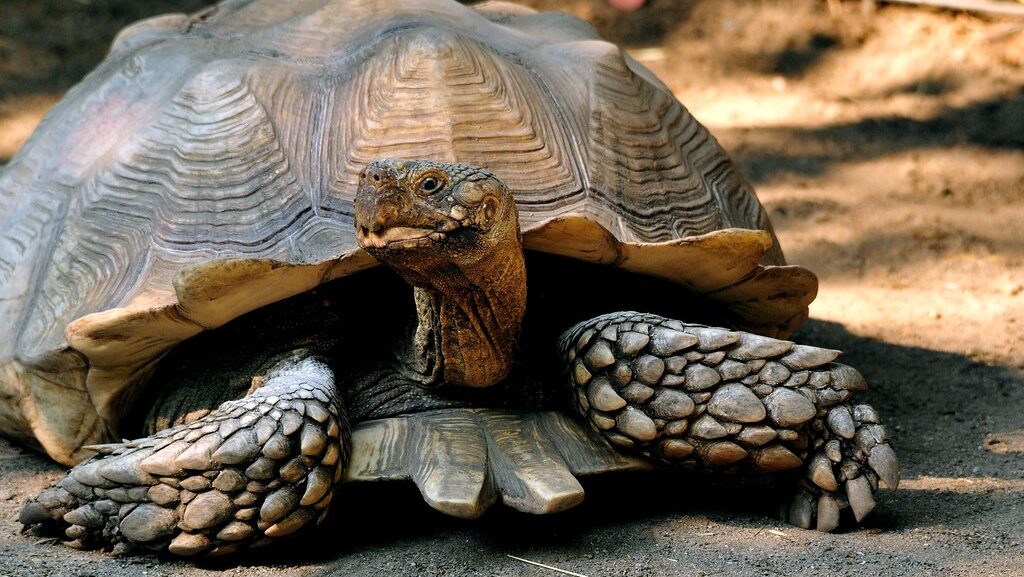
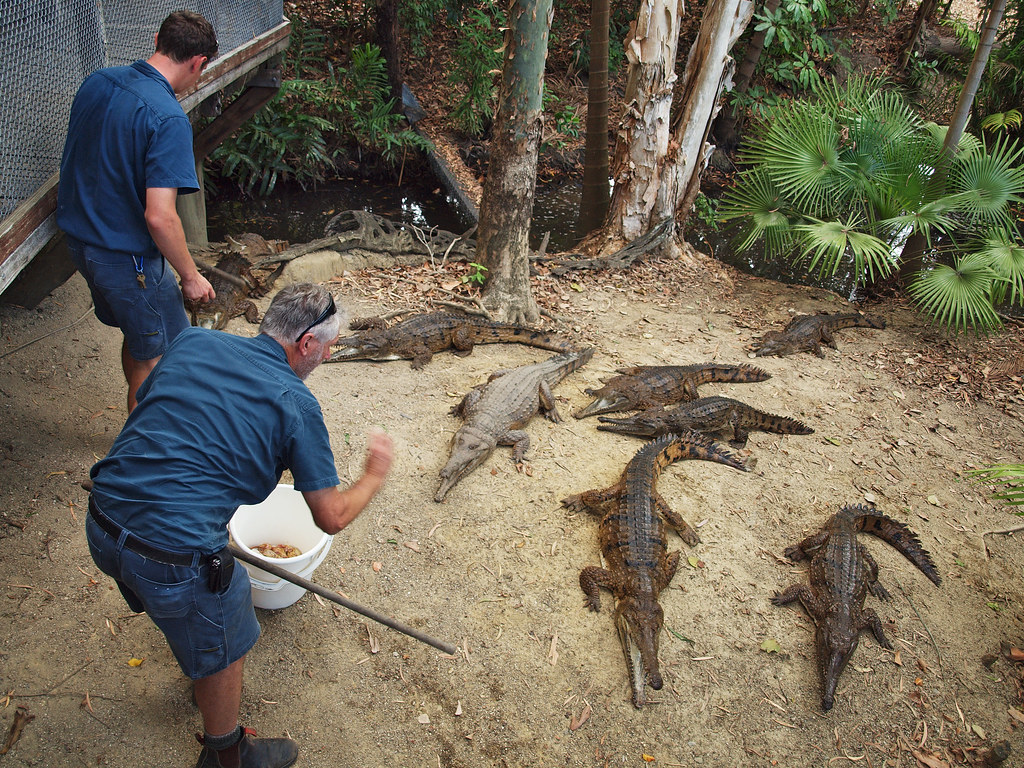



Leave a Reply